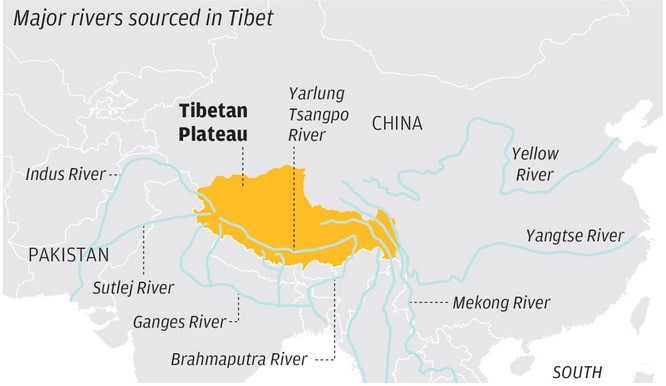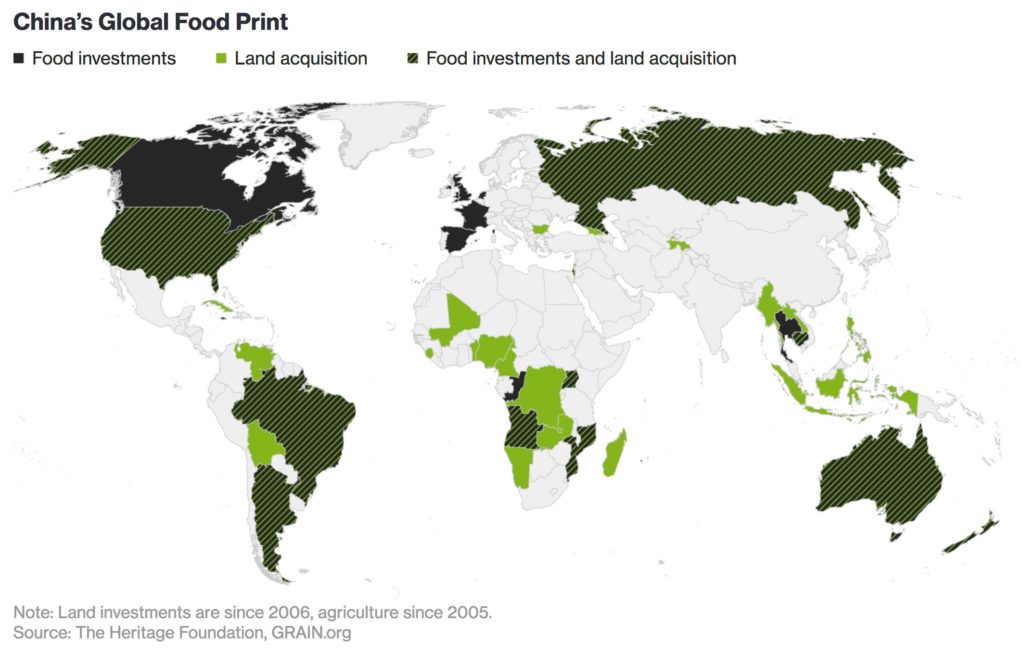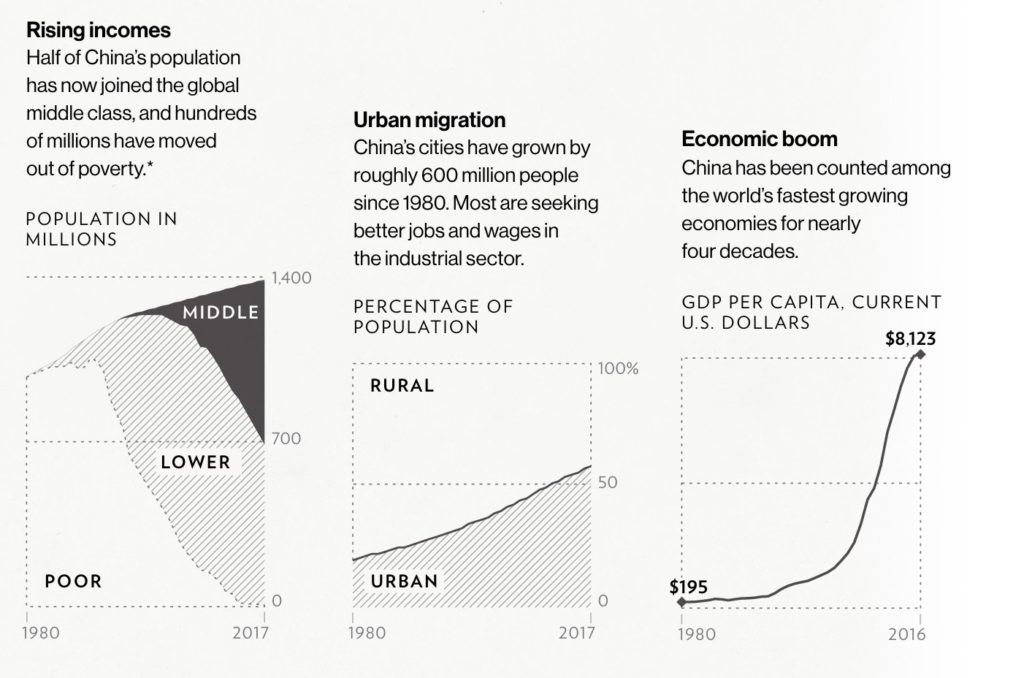It´s cold, rainy and windy. In short, it´s miserable.
You are looking forward to fleeing the winter blues and spending some time in the sun.
So, you book a vacation.
Once you get there, everything is perfect…except for the weather. It’s pouring…
You are stuck in the hotel, doing pretty much the same thing you would’ve been doing at home.
There is not much that can ruin a perfect vacation like bad weather.
That’s why the tourist industry in the southern Spanish region of Costa del Sol started offering a ‘good weather guarantee’ back in the 60s. That is, your money back for any days that it rains while vacationing.
This guarantee greatly appealed to sun starved Northern European tourists. The ‘good weather guarantee’ meant the area became a popular touristy destination.
You see, the area gets an average of around 320 days of sun per year, so there’s not a big chance of unexpected rain. But that still leaves you with an average 60 days where it could rain.
How great would it be to be able to control the weather, though?
That is, to make sure skies stay sunny. Or even more importantly, to bring rain during a draught?
China’s plan to produce more rain
This is something China is actually working on.
China is looking to test a massive artificial rain project. They want to use military technology developed by the China Aerospace Science and Technology Corporation to produce rain.
Yep, rain.
Producing rain is not something out of a science fiction novel anymore. In fact, countries like the US and Russia have already done similar tests to create rain. And China has been creating rain since 2013.
What’s new is the scale of the project.
China is looking to produce rain in a 1.6 million square meter area. To give you an idea, this is three times larger than Spain.
The project is part of the Tianhe (or Sky River) project, which aims to increase the water supply in China by manipulating the weather.
The way it works is that China will be placing tens of thousands of fuel-burning chambers on top of the Tibetan mountains. These chambers burn solid gas to make silver iodide particles.
Once the wind hits the mountain, it will spread the particles, making it rain.
The small Chinese occupied territory of Tibet is also known as the ‘water tower’ of Asia. It is a main source of water for major rivers in the area, like the Brahmaputra which flows to India, or the Mekong that flows through several countries, as you can see in the graph below.
 |
| Source: South China Morning Post |
As South China Morning Post (SCMP) reported:
‘The project aims to intercept the water vapour carried by the Indian monsoon over the Tibetan plateau and redistribute it in the northern regions to increase the water supply there by five to 10 billion cubic metres a year.’
In other words, the process doesn’t create water, but it takes water from another region and redistributes it towards the area.
According to the SMCP, this mega project could increase rain in the Tibetan Plateau to up to 10 billion cubic meters per year. That is about 7% of China’s total water consumption.
That is, if the experiment works.
As the aerospace corporation’s president, Lei Fanpei, said in a speech, the experiment is critical. As SCMP continued:
‘[Modifying the weather in Tibet] is a critical innovation to solve China’s water shortage problem. It will make an important contribution not only to China’s development and world prosperity, but also the well being of the entire human race.’
‘Tsinghua president Qiu Yong said the agreement signalled the central government’s determination to apply cutting-edge military technology in civilian sectors. The technology will significantly spur development in China’s western regions, he added.’
China is depending on technology
Two things to note about this.
Let’s not even get into the debate of how this military weapon could wreak havoc on an enemy nation. Think floods, destroyed crops…
The first is, it gives you an idea of how water shortages could affect the world in the future. As we wrote before, water could become a vital topic for debate in the future. The Tibetan Plateau is one of the water hotspots for the whole region.
The second is, it shows you the extent to which China is using technology to provide for its population.
China is home to 1.4 billion people. Think about it, that is almost one fifth of the world’s population.
And China needs to figure out how to feed that large amount of people. That’s why China is increasingly looking abroad for this, as you can see in the graph below.
 |
| Source: Bloomberg |
But, as Bloomberg reports, looking abroad is not enough:
‘But China’s efforts to buy or lease agricultural land in developing nations show that building farms and ranches abroad won’t be enough. Ballooning populations in Asia, Africa and South America will add another 2 billion people within a generation and they too will need more food.
‘That leaves China with a stark ultimatum: If it is to have enough affordable food for its population in the second half of this century, it will need to make sure the world grows food for 9 billion people.
‘Its answer is technology…
‘In each case, technology is the key to balancing the food equation. The nation is spending billions on water systems, seeds, robots and data science to roll back some of the ravages of industry and develop sustainable, high-yield farms.’
That is, it‘s crucial for China to innovate and develop technology if it wants to keep on feeding its population.
And the thing is, it is not just looking at feeding 1.4 billion people.
China has lifted over 800 million people out of poverty since 1978. The Chinese population is changing, as you can see below. They are moving to the cities, they have more disposable income, they are eating more western foods like meat and dairy.
 |
| Source: National Geographic |
And as China’s economy turns from a manufacturing economy to a consumer economy, you start to get an idea of the impact these 1.4 billion people, all with changing tastes, will have on their neighbours, and the world.
Best,
Selva Freigedo





